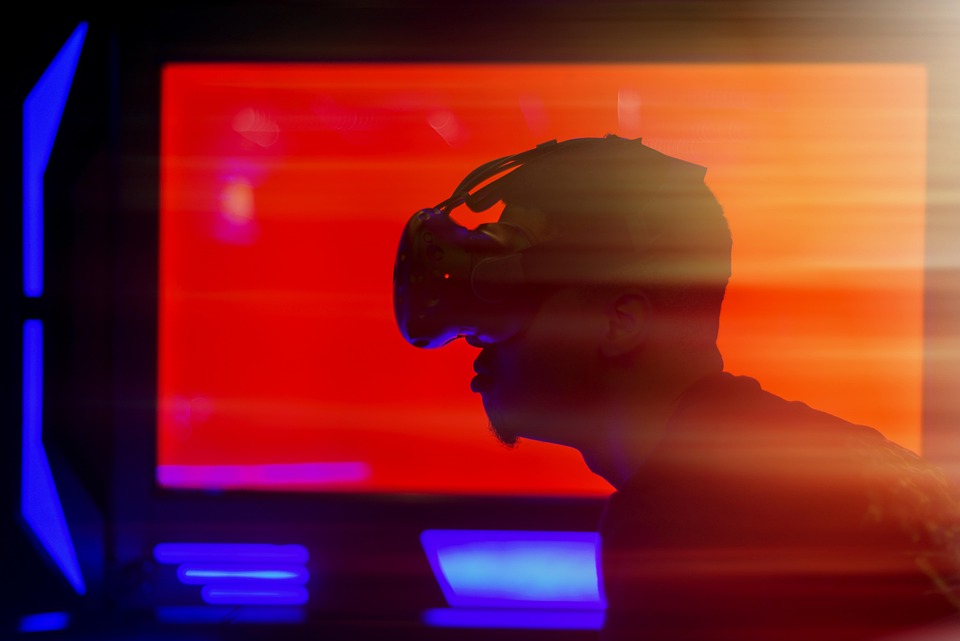The gaming industry has rapidly evolved over the last few decades, pushing the boundaries of technology and creativity. As we look to the future, simulation games are poised to transform the landscape even further. From realistic graphics to immersive experiences, new trends and technologies are enhancing how players engage with digital worlds. Here’s an overview of what’s on the horizon for simulation gaming.
1. Virtual Reality (VR) and Augmented Reality (AR)
Immersive Gameplay Experiences
Virtual Reality and Augmented Reality have already started changing the gaming landscape, but we are only scratching the surface. In simulation games, these technologies allow players to immerse themselves fully in a simulated environment. Imagine flying a plane, conducting surgery, or exploring vast open worlds, all while feeling as though you are actually there. With advancements in VR headsets and motion-tracking technologies, players will soon experience unparalleled realism.
Enhanced Interaction
AR enhances the real world with digital overlays, allowing players to engage with their environment in new ways. Future simulation games may incorporate AR features that blend gameplay with real-world settings, creating educational experiences where players can learn about history, science, or art while interacting with local landmarks.
2. Artificial Intelligence (AI)
Smarter NPCs and Dynamic Storytelling
Artificial Intelligence is set to revolutionize non-player characters (NPCs) in simulation games. As AI technology evolves, NPCs will become more intelligent, adapting to player behavior and making decisions that influence the game’s outcome. This dynamic storytelling means each player’s experience will be unique, offering a personalized adventure every time.
Automated Gameplay
AI can also facilitate automated gameplay elements, allowing players to focus on strategy and creative decision-making. In complex simulation games like city builders or management simulations, AI can handle logistics and resource management efficiently, letting players engage in higher-level planning.
3. Cloud Gaming and Accessibility
Breakthroughs in Accessibility
Cloud gaming is making strides, giving players access to high-quality simulation games without the need for high-end hardware. This technology lowers the barriers to entry, allowing a broader audience to indulge in simulation experiences. As cloud gaming matures, simulations that require extensive computational power can be played on lower-end devices, making them accessible to everyone.
Collaborative Features
Cloud technology also enables multiplayer environments where players from across the globe can collaborate or compete in real-time. This creates opportunities for simulations with shared goals, such as city-building exercises or resource management scenarios.
4. Procedural Generation
Infinite Possibilities
Procedural generation techniques are allowing developers to create vast, unpredictable worlds with endless replayability. In simulation games, this means environments and scenarios can change dynamically, offering players fresh challenges each time they log in. Whether it’s a procedurally generated landscape for an adventure simulation or varied missions in a flight simulator, the possibilities are limitless.
Tailored Experiences
Procedural generation allows for tailored experiences to suit individual players. Game algorithms can adapt simulations based on player preferences, skill levels, and previous choices, creating a more engaging experience.
5. Educational Integration
Learning through Simulation
As simulation games become more realistic, they hold great potential for educational purposes. Institutions are increasingly using simulation games for training and skills development, from medical simulations to military training. The future will likely see a rise in hybrid educational simulations that blend fun with facts, preparing players for real-world scenarios while engaging them in gameplay.
Gamification of Learning
Gamification in education is a growing trend, where educational content is integrated into engaging gameplay. This not only makes learning enjoyable but also helps to cement knowledge through interactive experiences.
6. Sustainability and Social Impact
Eco-Conscious Design
With growing concerns about climate change and social issues, simulation games are increasingly focusing on sustainability. Developers are creating simulations that teach players about resource management and environmental stewardship. Future games might encourage players to think critically about the environment, community building, and sustainability practices, fostering a sense of social responsibility.
Building Communities
Simulation games are also becoming platforms for social change, allowing players to engage in meaningful discussions about societal issues. Multiplayer simulations can create communities that support social causes and collective action, merging entertainment with advocacy.
Conclusion
The future of simulation gaming is a dynamic landscape, driven by technological advancements and innovative ideas. As we embrace virtual and augmented realities, harness the power of AI, and leverage cloud technologies, the gaming experience will become even more realistic and engaging. Moreover, the rising focus on educational and social impact through simulation games points to a future where gaming not only entertains but also enlightens.
As developers continue to explore emerging trends, the possibilities for simulation games are limitless, promising a captivating and transformative future for players worldwide.



